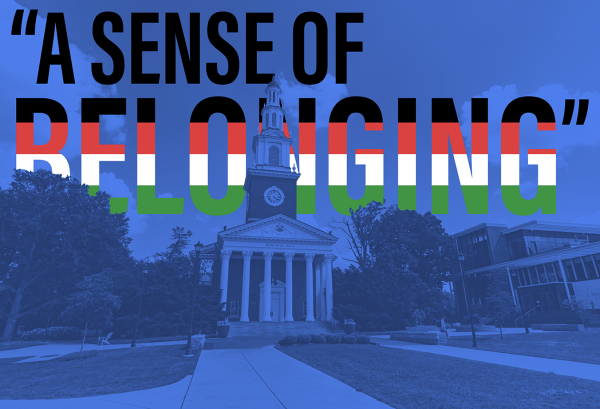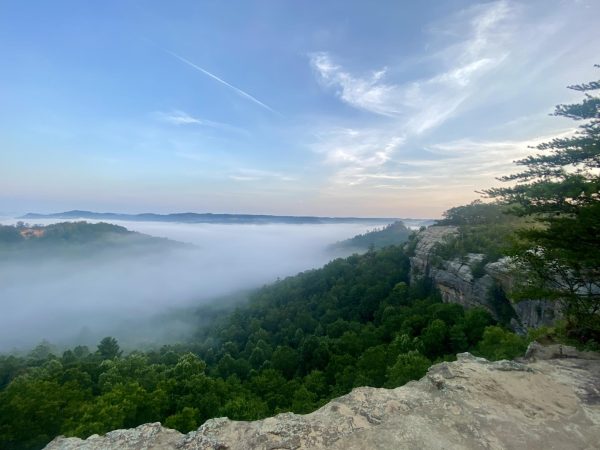Hurricane Katrina’s effects are still evident: The story continues five years later
University of Kentucky student Shannon Frazer, pictured in the Kernel office on 10/14/09. Photo by Ed Matthews
August 31, 2010
Column by Shannon Frazer. E-mail at [email protected].
Although it’s been half a decade since it hit, Hurricane Katrina is still a major topic of discussion when hurricane season rolls around.
Katrina’s remembrance sparked numerous media outlets to recount the story and provide updates on the progress since 2005. Generally, they offer a positive spin on what might otherwise seem stationary advancement.
For instance, Time Magazine described how although Claiborne Ave. (located in the poorest section of New Orleans) still remains without a grocery store, much of the land has become overgrown, and large numbers of homes remain abandoned.
On the brighter side, a fertile community compost pile nicknamed “The Volcano” has provided a valuable source of income and an educational tool for local school children. This neighborhood-centered development has even helped to reduce the drug activity that used to be quite prominent in the area.
The New York Times reported on how a federal judge ruled in January that nearly $500 million would be reimbursed to the main hospital in New Orleans, and almost $2 billion would be awarded to city schools, all because of the negligence of the Army Corps of Engineers.
Although the nonprofit group Greater New Orleans Community Data Center estimates approximately 27 percent of the homes in New Orleans are still vacant (an estimated 100,000 people have yet to return to their abandoned homes since the storm), more entrepreneurial establishments are going up than ever before.
I was able to see the “progress” firsthand during my community service-focused spring break trip in March. I went to the New Orleans area to help build a community center in Chalmette, located in Saint Bernard Parish, one of the regions hardest hit by Katrina.
For one week, my service group worked on installing insulation, caulking and converting a bowling alley into a community center, which will function as a place for locals to gather.
While in New Orleans, my group visited the Lower Ninth Ward. Some advancement was evident: Make It Right, a company actor Brad Pitt founded, has begun to tear down and replace several with green storm-resistant abodes.
The new housing had a modern aesthetic, which looked out of place between the weather-worn homes surrounding the new developments.
Progress has been slow yet steady, but the summer BP oil spill in the Gulf put New Orleans residents in a “one step forward, two steps back” situation. The area needs more help than ever before.
Only in early August did gulf fisheries get the go-ahead to reopen for business. Day-to-day functioning remains stagnant for residents, but recent federal mandates for rebuilding and more business opportunity in the near future promise to keep the area on the road to recovery.
Whether it’s immediately evident or not, New Orleans is vital to American culture. Its unique cuisine, jazz origins, and historical and geographical significance are unique and irreplaceable.
On this fifth anniversary of Katrina, people from all areas of the country, including Lexington, should remain mindful of this and do their part to preserve it.



























































































































































